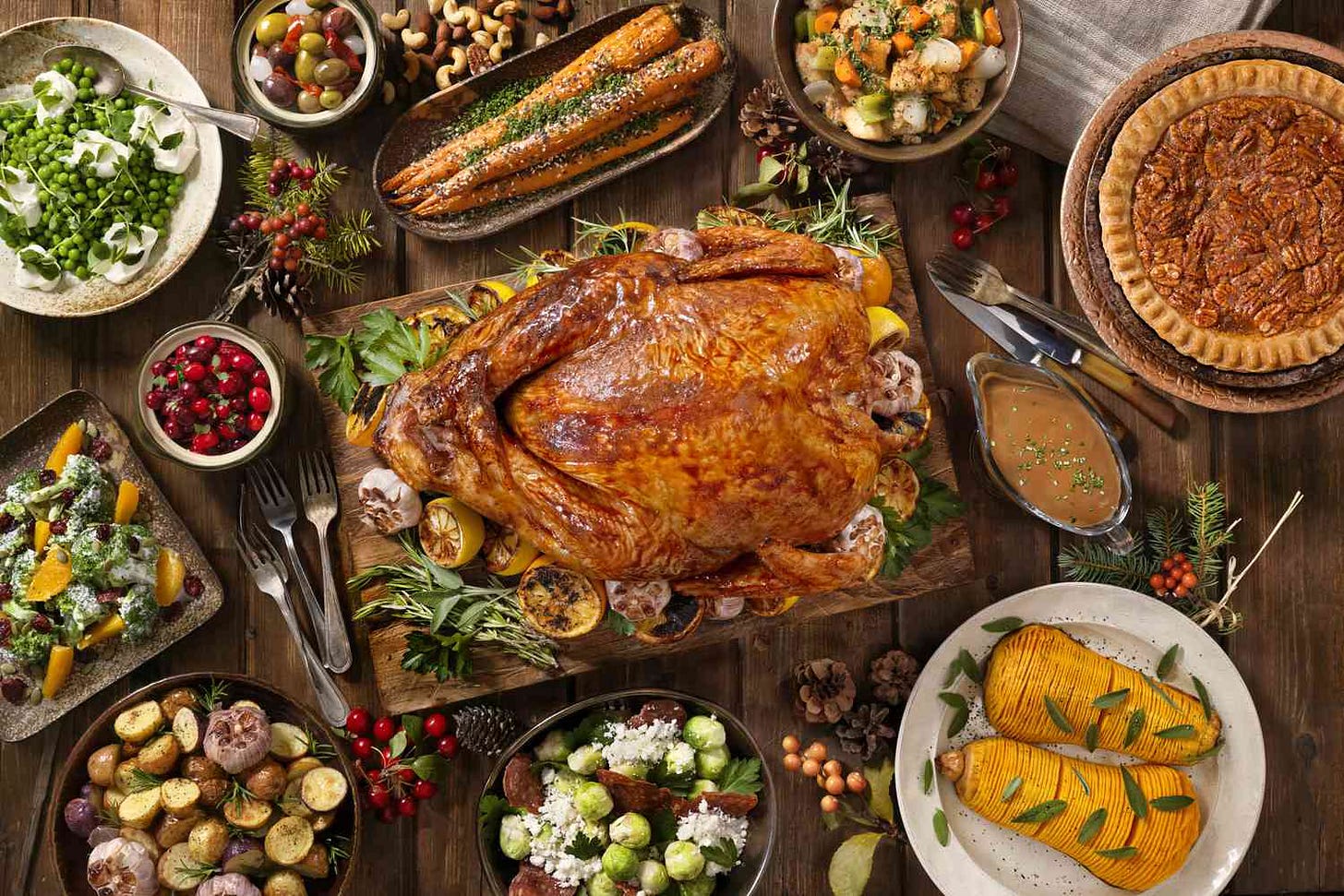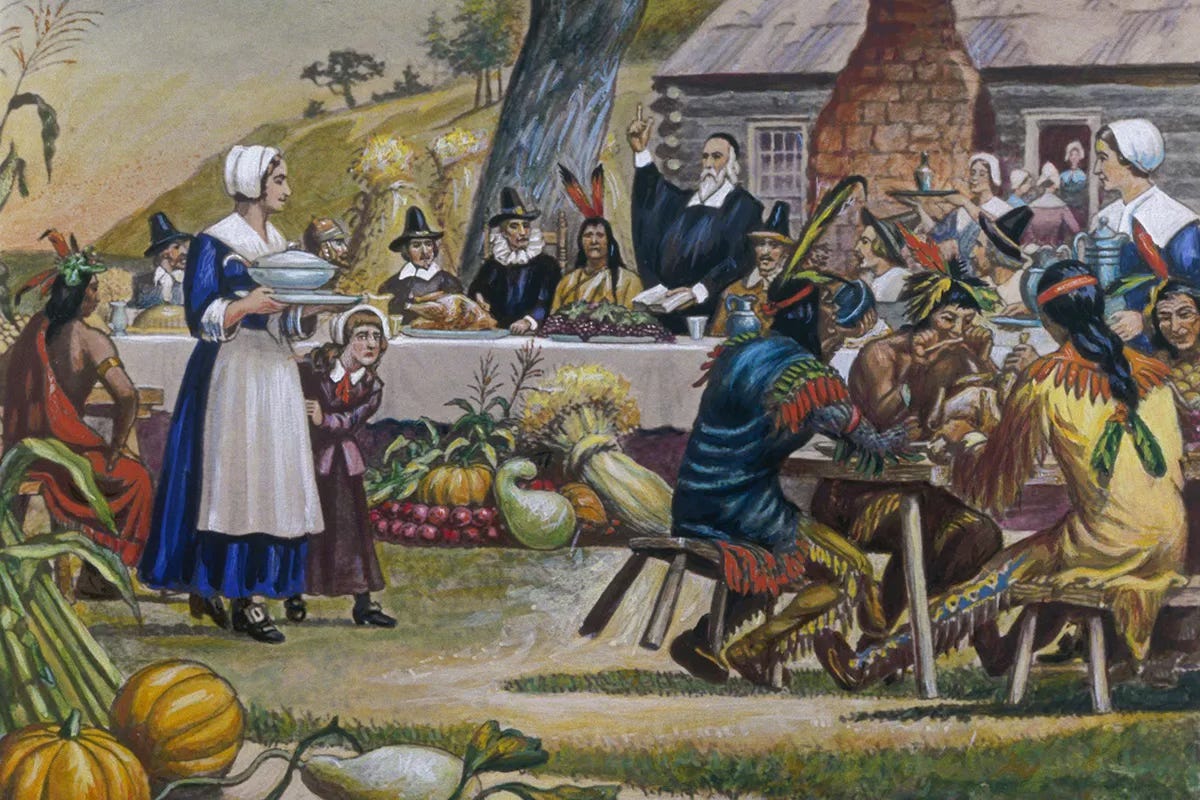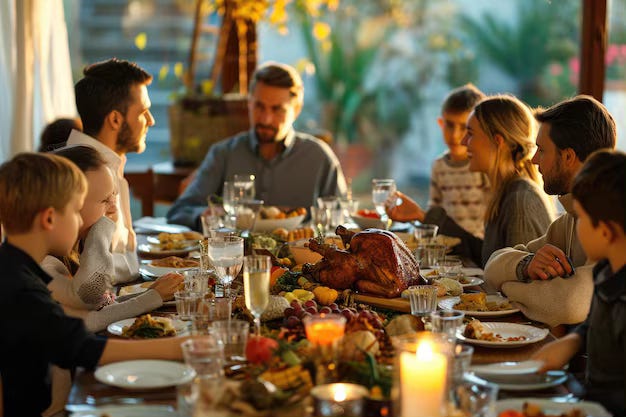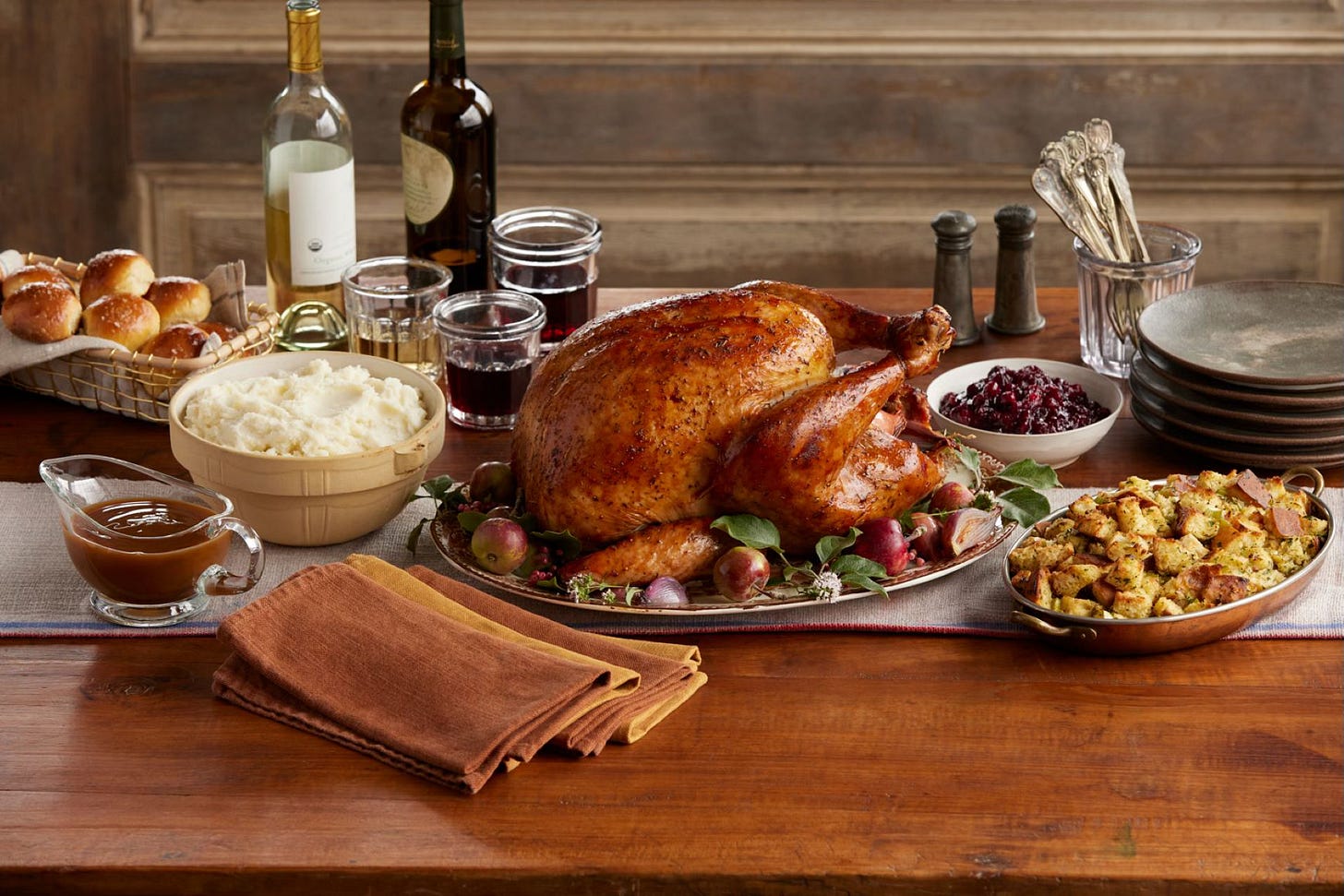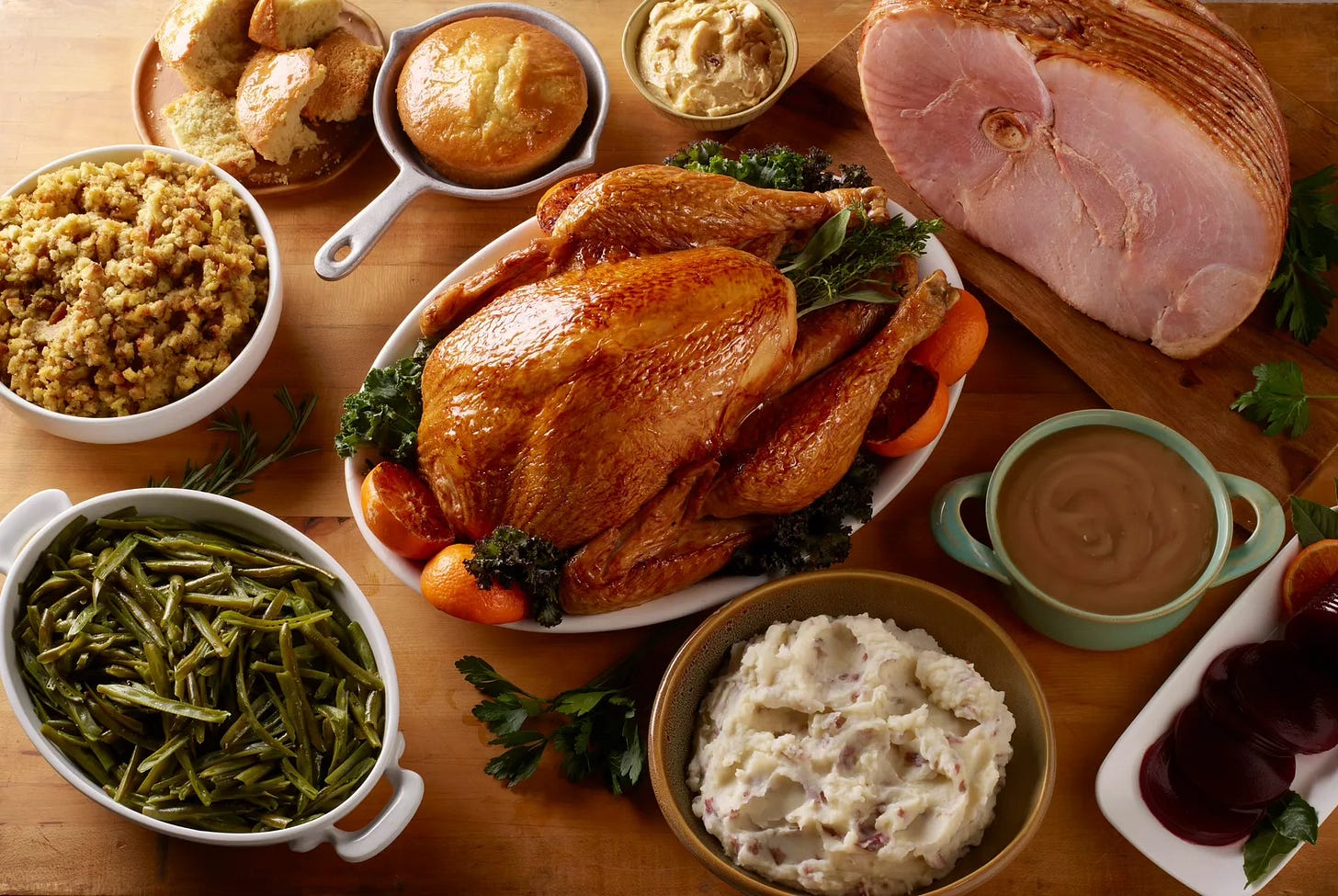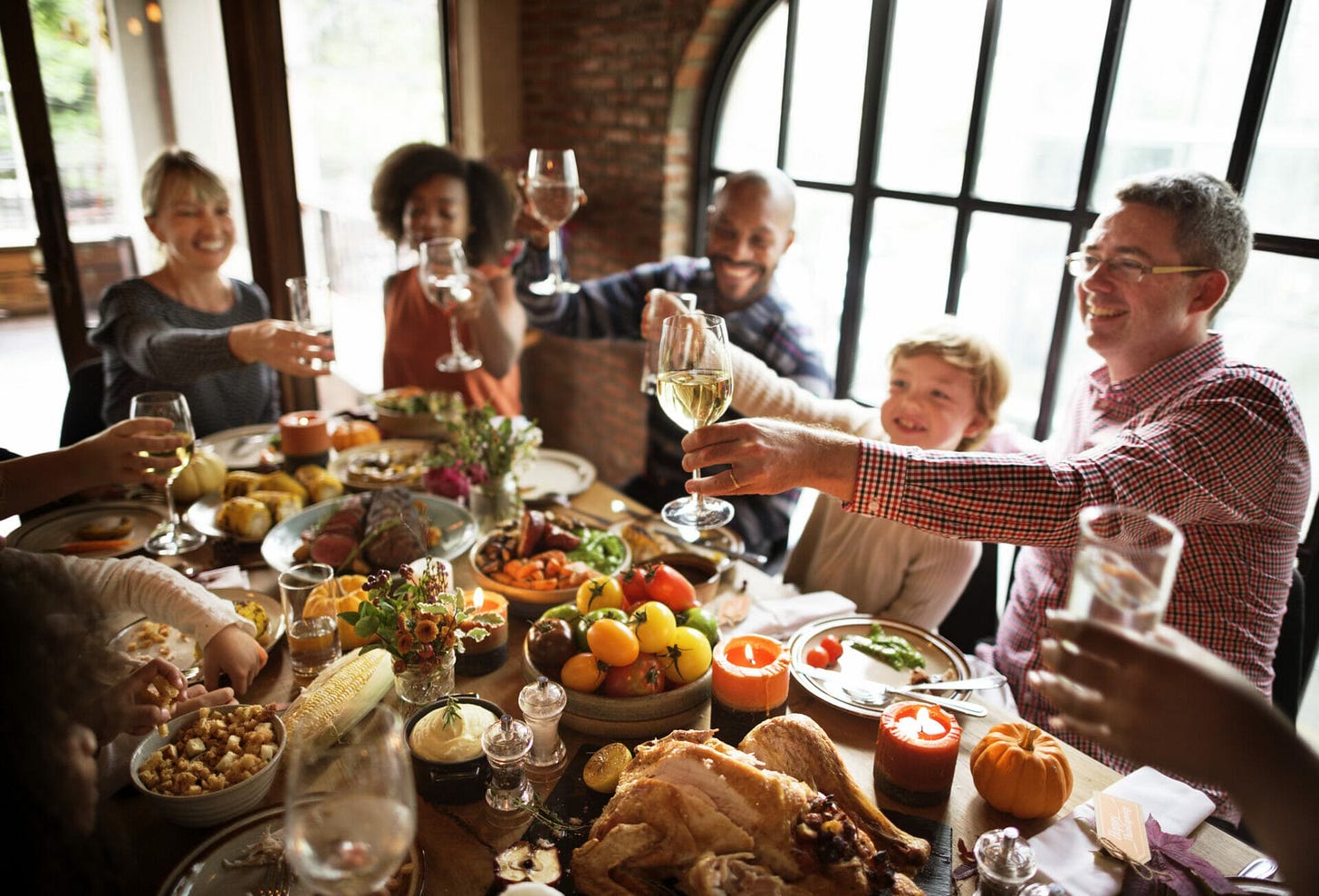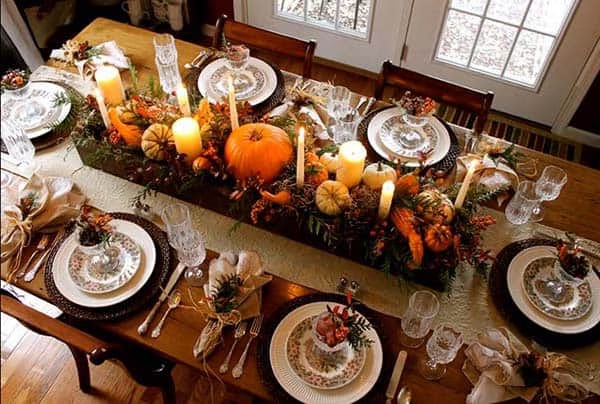The Symbolism of the Thanksgiving Table
Thanksgiving is a uniquely American holiday that celebrates gratitude, abundance, and the spirit of togetherness. At the heart of this celebration lies the Thanksgiving table, a gathering place imbued with rich symbolism and tradition. It is more than just a spot for a meal; it represents shared heritage, family connections, and a collective sense of thankfulness.
This post explores the significance of the Thanksgiving table, delving into its history, cultural resonance, and the deeper meanings behind its traditions. From the symbolic foods to the table's role as a focal point of celebration, we will uncover why this cherished tradition holds such a special place in American hearts.
The Historical Roots of the Thanksgiving Table
The Thanksgiving table's symbolism begins with the very first Thanksgiving in 1621. The Pilgrims and the Wampanoag people shared a three-day feast, commemorating the harvest and their mutual cooperation. While little is known about the exact details of this event, historians agree that the meal was communal and centered around the abundance of the New World.
A Table of Abundance
For the Pilgrims, the feast symbolized survival and gratitude. After a harsh first winter where nearly half their group perished, the autumn harvest represented hope and renewal. The table, laden with native foods such as corn, squash, and venison, became a visual representation of this abundance.
The Native Americans contributed significantly to this sense of abundance, teaching the Pilgrims agricultural techniques that ensured the harvest’s success. This cooperation reminds us that the Thanksgiving table symbolizes shared knowledge and unity.
The Thanksgiving Table as a Symbol of Togetherness
Thanksgiving is a holiday steeped in familial connections. The table serves as the centerpiece of these gatherings, bringing together family members from near and far.
A Gathering Place
In a time when life can feel increasingly fragmented, the Thanksgiving table stands as a reminder of the importance of slowing down to connect with loved ones. The act of sharing a meal fosters conversation, laughter, and the creation of lasting memories.
Bridging Generations
The Thanksgiving table often includes elements passed down through generations. Whether it’s a cherished tablecloth, heirloom dishes, or recipes steeped in tradition, these items serve as tangible connections to the past. They remind us that the table is not just about the present but also about honoring those who came before us.
The Symbolism Behind Thanksgiving Foods
Every dish on the Thanksgiving table carries its own meaning, often reflecting the history and culture of the United States.
Turkey: The Star of the Table
While turkey wasn’t necessarily present at the first Thanksgiving, it became the centerpiece of the modern meal by the 19th century. Turkey represents abundance and prosperity, its size and prominence a fitting tribute to the holiday’s themes.
Cranberries: Tart Tradition
Cranberries, a native fruit, symbolize resilience and the beauty of nature. Their vibrant red color adds visual appeal to the table, while their tart flavor complements the richness of other dishes.
Corn: A Native Legacy
Corn, also known as maize, holds deep symbolic meaning as one of the first crops cultivated in the Americas. For Native Americans, it represented sustenance and life. On the Thanksgiving table, corn serves as a reminder of the country’s agricultural heritage.
Pie: A Sweet Ending
Pumpkin and apple pies are Thanksgiving staples. These desserts symbolize the sweetness of life and the blessings of the harvest. Their warm spices and comforting flavors evoke feelings of home and happiness.
Regional Variations in Thanksgiving Tables
The diversity of America is reflected in its Thanksgiving tables. While certain dishes, like turkey and cranberry sauce, are staples, regional and cultural variations add unique twists to the holiday.
Southern Thanksgiving Traditions
In the South, Thanksgiving tables often feature cornbread dressing, sweet potato casserole, and pecan pie. These dishes highlight the region’s agricultural bounty and culinary ingenuity.
New England Influences
New England tables might include clam chowder, reflecting the region’s coastal heritage. The emphasis on seasonal, locally sourced ingredients harks back to the original Thanksgiving feast.
Immigrant Contributions
For immigrant families, the Thanksgiving table becomes a fusion of American traditions and cultural heritage. Italian-Americans might include lasagna, while Mexican-American families might add tamales. This blending of cuisines underscores Thanksgiving's diverse spirit and shows how American traditions and holidays help to integrate others into American culture.
The Thanksgiving Table as a Reflection of Shared Values
The Thanksgiving table represents more than food—it symbolizes the values that define the holiday.
Gratitude and Abundance
At its core, the Thanksgiving table reminds us to be grateful for what we have. The abundance displayed on the table is a celebration of the hard work and blessings that make such a feast possible.
Hospitality and Generosity
The act of inviting others to the table reflects the importance of hospitality. Whether it’s family, friends, or neighbors, opening one’s home to share a meal fosters a sense of community and generosity.
Thankfulness and Celebration
The story of the first Thanksgiving still serves as a symbol of thankfulness and celebration. The table is a place where differences can be set aside in favor of fellowship and understanding. Meals have been used by cultures throughout history to be a place where friendships can be made, treaties are discussed, alliances are formed, and nations are created. Thanksgiving is the time of year when we as a nation come together to give thanks to God for His blessings and His provision for our people. It is a time of thankfulness and celebration.
Decorating the Thanksgiving Table: A Modern Expression of Symbolism
In contemporary celebrations, the Thanksgiving table is often elaborately decorated, reflecting personal and cultural values.
Seasonal Decor
Many choose to adorn their tables with seasonal elements like pumpkins, gourds, and autumn leaves. These decorations celebrate the beauty of nature and the harvest season.
Candles and Lighting
Candles symbolize warmth and togetherness, their soft glow creating an inviting atmosphere. They remind us of the light that family and friends bring into our lives.
Personal Touches
Handwritten place cards, family photos, or mementos can make the table feel even more special. These personal touches highlight the importance of each individual’s presence at the gathering.
Conclusion: The Enduring Power of the Thanksgiving Table
The Thanksgiving table is far more than a place to enjoy a meal—it is a symbol of abundance, gratitude, and shared heritage. It represents the values that make Thanksgiving such a cherished holiday: togetherness, generosity, and the celebration of life’s blessings.
As you gather around the table this Thanksgiving, take a moment to reflect on its deeper meaning. Appreciate the history it represents, the connections it fosters, and the joy it brings.
If you enjoyed this exploration of the Thanksgiving table’s symbolism, share it with friends and family to inspire meaningful conversations this holiday season. Don’t forget to subscribe to The Great American Gazette for more stories that celebrate the people, places, and traditions that make America great. Join the conversation and share your own Thanksgiving table traditions with us—we’d love to hear from you!




